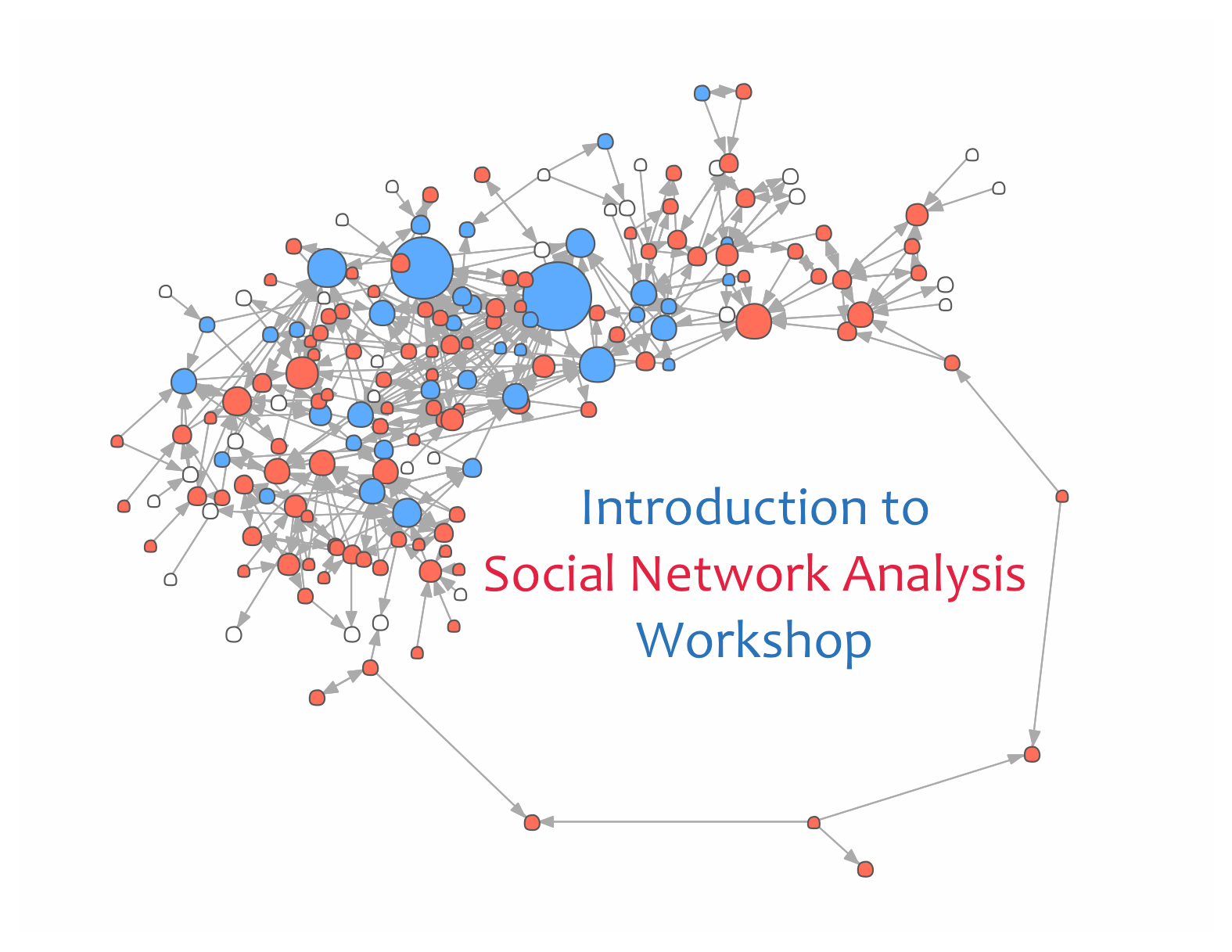
Peripheral: Easily overlooked and unconnected to the rest of the company, high-potential peripherals can be a risk to organizations. Without knowledge brokers, information and idea sharing grinds to a halt. Knowledge broker: These people create bridges between groups. Central nodes can be anywhere in the hierarchy of an organization, are often well liked, and are highly engaged in company news and developments. Central nodes share lots of information and influence groups quickly. Central node: These are the people who seem to know everyone. A connection delivers value when needed information is exchanged. In the development of a network it must be ensured that loops are not present.Organizational Network Analysis (ONA) explainedĮvery organization has people (nodes) who serve as critical conduits for exchange of ideas and information (Figure 1). 
Therefore, if A precedes B, and B precedes C, then cannot precede A.
In any network looping is not allowed. Parallel activities between two events, without intervening events are prohibited. The joint completion of more than one activity which shows an activity is called merge event, while an event which shows the beginning of more than one activity is known as burst event. There should be only one initial and one terminal node in a network. The activities are identified by the numbers of their starting and the ending events. Numbers are used for representing the events. When a number of activities terminate at one event, it indicates that no activity emanating from that event may start unless all activities terminating there have been completed. The direction of the arrow indicates the general progression in time. The arrow which is used for showing the activity is indicative of the logical precedence only.  All preceding activities must be completed before selecting any new activity.
All preceding activities must be completed before selecting any new activity. 
Hence, any activity cannot be represented more than once in a network. One and only one arrow is used for representing each defined activity in the network.










